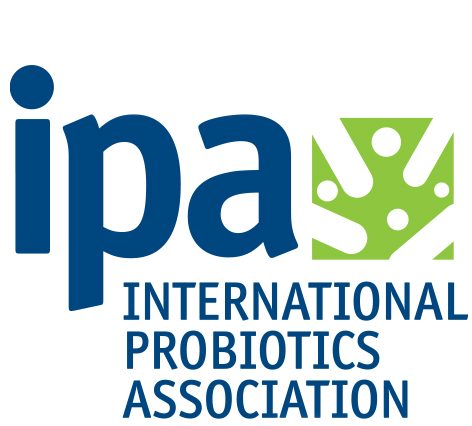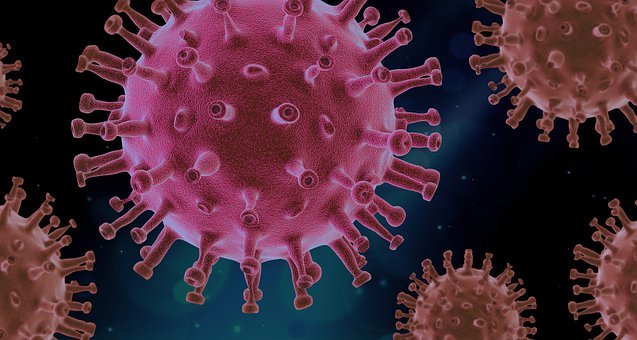Each year, more than half a million women are diagnosed with cervical cancer and the disease leads to more than 300,000 deaths worldwide. High-risk subtypes of the human papilloma virus (HPV) are the cause of the disease in most cases.
HPV is not shy. A woman’s lifetime risk of acquiring HPV exceeds 80% but the majority clear spontaneously through an incompletely understood immune response. Yet a fraction of women with HPV-persistence go on to develop the pre-invasive precursor, high-grade cervical intraepithelial neoplasia (CIN2 & 3).
Brief background
German virologist Harald zur Hausen won the 2008 Nobel Prize in medicine for his work in the 1980s linking the HPV and cervical cancer. Cervical cancer numbers have dropped since then thanks to Pap smear screenings, early treatment and a prophylactic vaccine (and zur Hausen). However, the vaccine is type-specific (mostly HPV 16 and 18) and typically target HPV negative populations. They are also expensive and inaccessible to many, particularly in developing countries. Currently, there is no standard of care for HPV infection, especially for patients with low-grade cervical lesions.
Vaginal microbiota and infections
The human vaginal microbiota may play a key role in reducing the risk for a number of urogenital diseases, such as bacterial vaginosis, yeast infections, sexually transmitted infections, urinary tract infections, and HIV infection.
Unlike most sites in the body where diversity of microbes is a good sign, healthier vaginal states are dominated by Lactobacillus crispatus, Lactobacillus gasseri and Lactobacillus jensenii and tend to have low species diversity. On the other hand, bacterial vaginosis (BV), a common malady that is correlated with HPV infection, displays lower levels of Lactobacillus and overgrowth of other bacteria and potential pathogens.
Vaginal microbiota: influences
- Ethnicity: Caucasian and Asian women display more Lactobacillus spp. dominant microbiota, compared to Hispanic and Black women according to one survey. Species composition of vaginal communities could be governed by genetically determined differences between hosts: perhaps differences in innate and adaptive immune systems, the composition and quantity of vaginal secretions, and ligands on epithelial cell surfaces, among others.
- Female hormones: Estrogen and progesterone appear to be protective. Contraceptives (oral or IUD) with these hormones are linked with a reduction in BV.
- Smoking cigarettes is associated with a reduction in L. crispatus abundance and more diversity.
- Recent intercourse is linked with reduced relative abundance of L. crispatus and increase species diversity.
- Vaginal douching increases BV and risk of HPV. Douching may increase the risk of CIN and cervical cancer.
Vaginal microbiota and HPV
Evidence reveals that cervicovaginal microbiota may play a substantial role in the persistence or regression of the HPV virus. In a recent review, Anita Mitra and colleagues summarized the current literature and discussed potential mechanisms for the involvement of vaginal microbiota in the evolution of CIN and cervical cancer.
Mechanisms
Dysbiosis may drive infection by:
- Increased acquisition which implies epithelial cell damage and desquamation.
- Higher replication and shedding of viral particles
- Decreased mucus production causes reduced viral trapping and increased exposure of the cervical epithelium.
- Inflammation plays an important role. Vaginal proinflammatory cytokines can result in chronic inflammation, a factor in cancer at many sites.
Probiotics may help HPV clearance. The rationale of using probiotic strains in HPV clearance is via three proposed mechanisms:
- An increased number of probiotic strains in the vagina may be able to prevent and/or reduce HPV infections or expansion by: competing for space, competing for nutrition and by producing inhibitory compounds (biosurfactants, hydrogen peroxide, lactic acid, bacteriocins, and aggregation molecules). An acidic environment can discourage pathogen growth.
- Enhanced innate and adaptive immunity, which is the major defense mechanism against viral infections.
- A direct antiviral effect via the secretion of specific metabolites. One study showed a strain of Bifidobacterium adolescentis had antiviral activity through suppression E6 and E7 oncogene expression.
Notably, a recent prospective longitudinal study, in which 87 young women participated, researchers found that Lactobacillus depletion and the presence of specific anaerobic species such as Prevotella timonensis and Gardnerella vaginalis at the time of CIN2 diagnosis was associated with significantly lower chance of regression at 12- and 24-month follow-up.
Thus, by replenishing the depleted pool of Lactobacillus spp., probiotics have been proposed as an interventional method to promote HPV clearance.
Can probiotics help clear HPV?
Three studies investigating the association between probiotics and HPV have been reported:
- In a 2013 randomized pilot study, women with HPV+low-grade squamous intraepithelial lesion who took oral Lactobacillus casei (1X1010CFU/day) for 6 months had a twice as high (60 vs 31%) chance of clearance of their HPV-related cervical abnormality as a control group. Probiotics users also had higher HPV clearance rates (29 vs. 19%), but this difference was not significant.
- In a 2018 trial with 117 women affected by bacterial vaginosis or vaginitis with concomitant HPV-infections, researchers studied the effect of length of treatment. HPV clearance was higher in the treatment of metronidazole plus 6 months vaginal Lactobacillus rhamnosus implementation than that with 3 months use.
- In a well-designed 2019 study including 121 women with genital HPV infection (62 in the study group and 59 in the control group), the oral application of specific strains of Lactobacillus rhamnosus and Lactobacillus reuteri did not influence clearance, but may have decreased the rates of mildly abnormal and unsatisfactory cervical smears.
Takeaway
Given the emerging evidence that suggests cervicovaginal microbiota plays an important role in the acquisition and persistence of HPV infection and subsequent disease, the paucity of well-designed studies testing probiotic interventions is surprising. Screenings, treatments and vaccines have proven revolutionary in reducing cervical cancer yet hundreds of thousands still die every year.
More research and funding in studying the effects of probiotics on HPV infection risk and subsequent disease would be welcome.
Key references
Bray, Freddie et al. “Global cancer statistics 2018: GLOBOCAN estimates of incidence and mortality worldwide for 36 cancers in 185 countries.” CA: a cancer journal for clinicians vol. 68,6 (2018): 394-424. doi:10.3322/caac.21492
Bruni, Laia et al. “Global estimates of human papillomavirus vaccination coverage by region and income level: a pooled analysis.” The Lancet. Global health vol. 4,7 (2016): e453-63. doi:10.1016/S2214-109X(16)30099-7
Cohen, Paul A et al. “Cervical cancer.” Lancet (London, England) vol. 393,10167 (2019): 169-182. doi:10.1016/S0140-6736(18)32470-X
Mitra, Anita et al. “The vaginal microbiota associates with the regression of untreated cervical intraepithelial neoplasia 2 lesions.” Nature communications vol. 11,1 1999. 24 Apr. 2020, doi:10.1038/s41467-020-15856-y
Mitra, Anita et al. “The vaginal microbiota, human papillomavirus infection and cervical intraepithelial neoplasia: what do we know and where are we going next?” Microbiome vol. 4,1 58. 1 Nov. 2016, doi:10.1186/s40168-016-0203-0
Ou, Yu-Che et al. “The influence of probiotics on genital high-risk human papilloma virus clearance and quality of cervical smear: a randomized placebo-controlled trial.” BMC women’s health vol. 19,1 103. 24 Jul. 2019, doi:10.1186/s12905-019-0798-y
Palma, Ettore et al. “Long-term Lactobacillus rhamnosus BMX 54 application to restore a balanced vaginal ecosystem: a promising solution against HPV-infection.” BMC infectious diseases vol. 18,1 13. 5 Jan. 2018, doi:10.1186/s12879-017-2938-z
Ravel, Jacques et al. “Vaginal microbiome of reproductive-age women.” Proceedings of the National Academy of Sciences of the United States of America vol. 108 Suppl 1,Suppl 1 (2011): 4680-7. doi:10.1073/pnas.1002611107
Verhoeven, Veronique et al. “Probiotics enhance the clearance of human papillomavirus-related cervical lesions: a prospective controlled pilot study.” European journal of cancer prevention : the official journal of the European Cancer Prevention Organisation (ECP) vol. 22,1 (2013): 46-51. doi:10.1097/CEJ.0b013e328355ed23
Xiong, Ying et al. “Clearance of human papillomavirus infection in patients with cervical intraepithelial neoplasia: A systemic review and meta-analysis.” Medicine vol. 99,46 (2020): e23155. doi:10.1097/MD.0000000000023155

